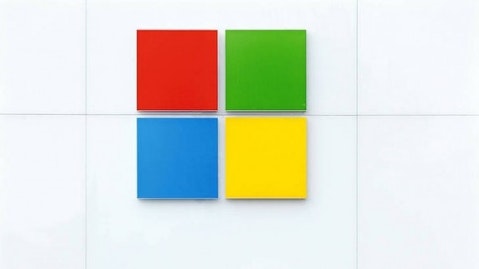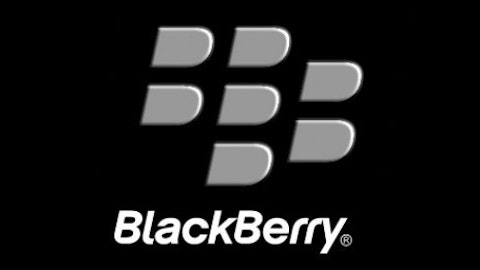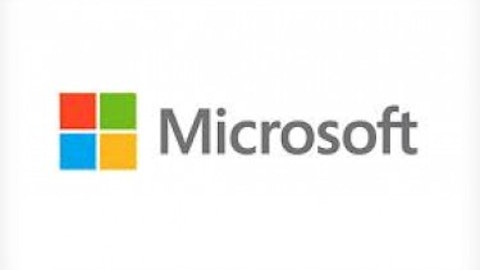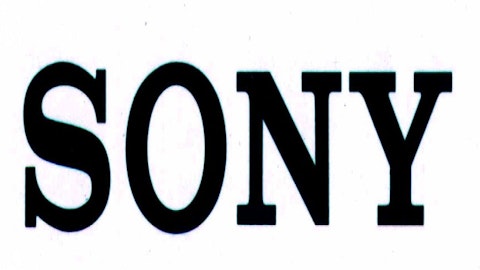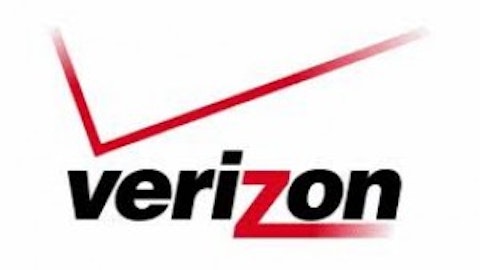These days, it’s tough to read tech or media headlines without hearing everyone’s favorite new buzzword, “the second screen,” which has been touted by companies such as Microsoft Corporation (NASDAQ:MSFT), Sony Corporation (ADR) (NYSE:SNE), Comcast Corporation (NASDAQ:CMCSA) and Time Warner Inc. (NYSE:TWX). “Second screen” technology refers to additional content related to a TV show or video game, which is synchronized and displayed on a mobile device for an extra dimension of interactivity.
The hype behind the second screen is based on studies which have shown that the majority of Americans now use smartphones and tablets as they watch television. A recent report from Nielsen reveals that more than 85% of Americans regularly check their smartphones as they watch television. As a result, media companies have been looking for ways to monetize this behavior through mobile apps and social media, while video game companies have been introducing new ways to keep players engaged.
Will second screen technologies really revolutionize the way we connect our mobile devices, televisions and video game consoles, or is this an overrated technology that will fade away over time?
In television
In television, the “second screen” appeared long before the widespread use of smartphones and tablets. Viewers would post comments in online discussion forums to discuss their favorite shows from laptops and desktops. The increased adoption of mobile devices, aided by social networks, simply made it easier for viewers to interact while watching the show.
Last year, Time Warner Inc. (NYSE:TWX) updated its HBO GO iPad app to serve as a second screen viewing experience. One of the first shows it updated was Game of Thrones, the popular fantasy series based on the complex political schemes of dozens of characters. The iPad app helps viewers keep track of these characters and the plot. It offers descriptions of new characters as they enter a scene, back stories, character relationships, a map featuring key locations and a guide to the various houses. It also features behind the scenes content, such as cast and crew interviews, commentaries, set photos, and concept art.
However, HBO’s iPad app is being overshadowed by another major app, GetGlue. GetGlue is a social networking site that allows TV viewers to find and follow their favorite shows and interact with similar users. Users can “check into” shows, movies and sporting events. Unlike the more restrictive HBO GO app, which can only be used by premium customers, GetGlue can be used to discuss nearly everything on TV, thanks to partnerships with The Walt Disney Company (NYSE:DIS), News Corp (NASDAQ:NWS), Comcast Corporation (NASDAQ:CMCSA), Time Warner Inc. (NYSE:TWX) and many other content providers. Game of Thrones’ recent season 3 finale generated nearly 100,000 instances of social engagement on GetGlue, which include check-ins, unlockable stickers, comments and votes.
Comcast Corporation (NASDAQ:CMCSA)’s USA Network went a step further recently by releasing a mobile-optimized website and iOS app for its new show, Graceland, which is about agents from different government agencies living under the same roof. The second screen app, Graceland Undercover, allows users to tour the house from the show, unlock special features, view additional scenes and study the characters and scenarios. It also features interactive games and puzzles, which can be used to unlock additional areas. A cutting edge feature is the app’s ability to synchronize with both live and recorded versions of the show through ACR (audio content recognition). The app can even track the movements of the characters throughout the world on an interactive map.
By providing these second screen experiences, content providers hope to keep viewers more engaged, which could lead to more display advertising via the second screen. This could generate more ad revenue as the show is playing, and not only during commercial breaks.
In video games
In video games, however, the aim of the second screen is on keeping the player engaged. However, this isn’t really a new idea for the industry. Nintendo has attempted to introduce second screen technology twice – first with its Game Boy Advance portable console, which could be used a Gamecube controller, and then again with its Wii U console, which features a large second screen on the controller. Yet both attempts to make this technology mainstream have been met with a lukewarm response.
Sony Corporation (ADR) (NYSE:SNE) and Microsoft Corporation (NASDAQ:MSFT), on the other hand, recognize that the potential in the second screen isn’t only about the console, but rather the direct integration with other mobile technologies. Sony Corporation (ADR) (NYSE:SNE) and Microsoft Corporation (NASDAQ:MSFT) have announced that upcoming games on their respective Playstation 4 and Xbox One consoles will showcase “companion mobile apps” which directly interact with the titles for additional content.
